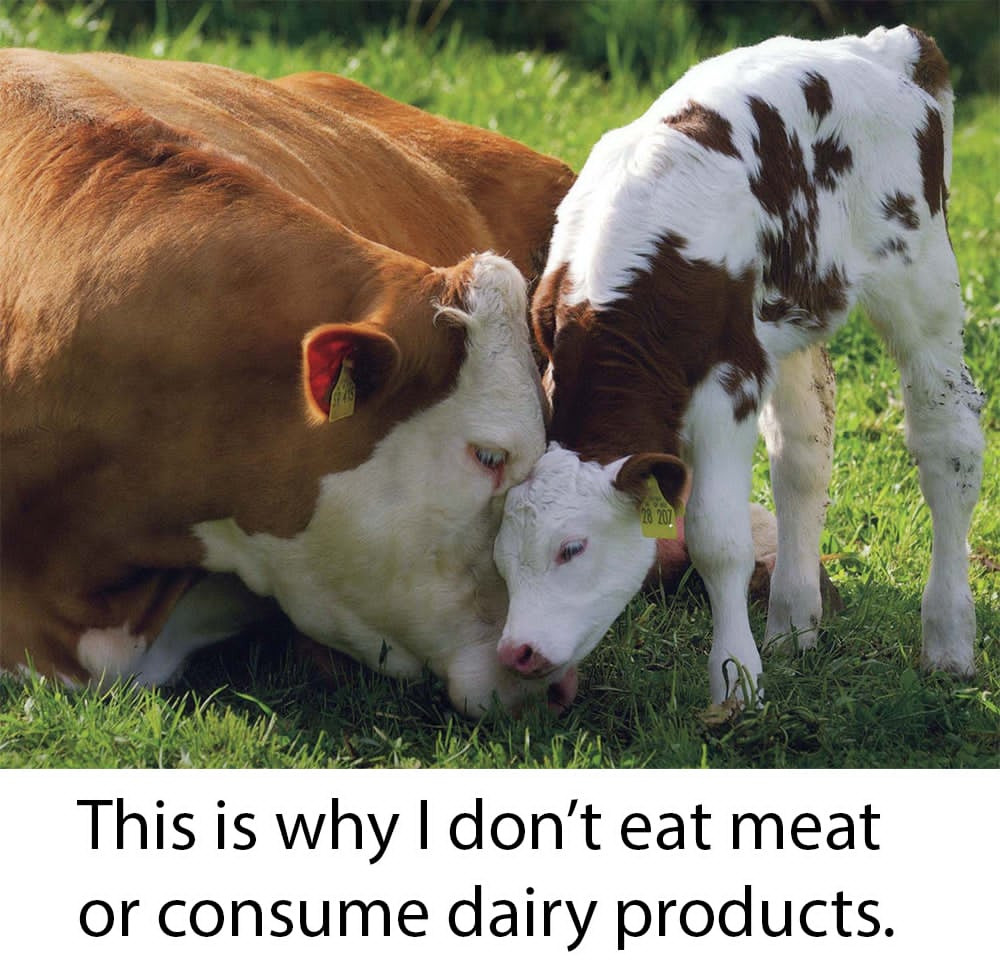Live export suffering is a distressing reality hidden behind the global trade of live animals for slaughter or further fattening. This practice involves transporting animals over long distances, often in cramped and unsanitary conditions, leading to immense physical and psychological distress.
The term "live export suffering" encompasses the multitude of hardships endured by animals during transport and upon reaching their destination. From crowded and filthy transport vessels to extreme weather conditions, the journey itself is fraught with peril for these sentient beings.
One of the most concerning aspects of live export suffering is the lack of regulation and oversight in many exporting countries. Animals are often subjected to overcrowded and poorly ventilated conditions aboard ships, leading to heat stress, dehydration, and even death. Despite guidelines and regulations intended to protect animals during transport, instances of cruelty and neglect are all too common.
Furthermore, the inherent cruelty of live export suffering is exacerbated by the sheer scale of the trade. Tens of thousands of animals are crammed into vessels for long voyages across oceans, enduring days or even weeks of confinement with limited access to food, water, and veterinary care. The stress of transport can weaken animals' immune systems, making them more susceptible to disease and injury.
Once at their destination, animals may face further suffering and exploitation. In some countries, slaughtering methods may not adhere to humane standards, resulting in prolonged suffering for animals before they are finally killed. Additionally, the lack of traceability and accountability in the live export industry makes it difficult to ensure that animals are treated with the care and respect they deserve throughout the entire process.
The impact of live export suffering extends beyond the welfare of individual animals to encompass broader ethical and environmental concerns. The practice perpetuates a commodified view of animals, treating them as mere objects to be bought, sold, and transported for profit. Moreover, the carbon footprint associated with transporting live animals across vast distances contributes to greenhouse gas emissions and environmental degradation.
Despite growing public outcry and calls for reform, the live export industry continues to operate largely unchecked in many parts of the world. However, there is hope on the horizon as consumers, activists, and policymakers increasingly recognize the need for change. By advocating for stricter regulations, promoting alternative forms of trade such as chilled or frozen meat exports, and supporting ethical and sustainable farming practices, we can work towards ending the cycle of live export suffering.
In conclusion, live export suffering is a grave injustice that highlights the inherent cruelty of treating animals as commodities in the global trade market. From the moment they embark on their journey to the uncertainty they face at their destination, animals subjected to live export suffer immensely. It is imperative that we take action to end this cruel practice and ensure that animals are afforded the dignity and compassion they deserve.








